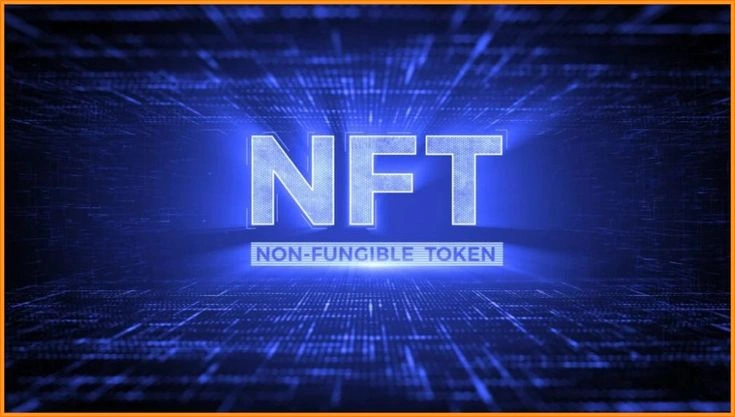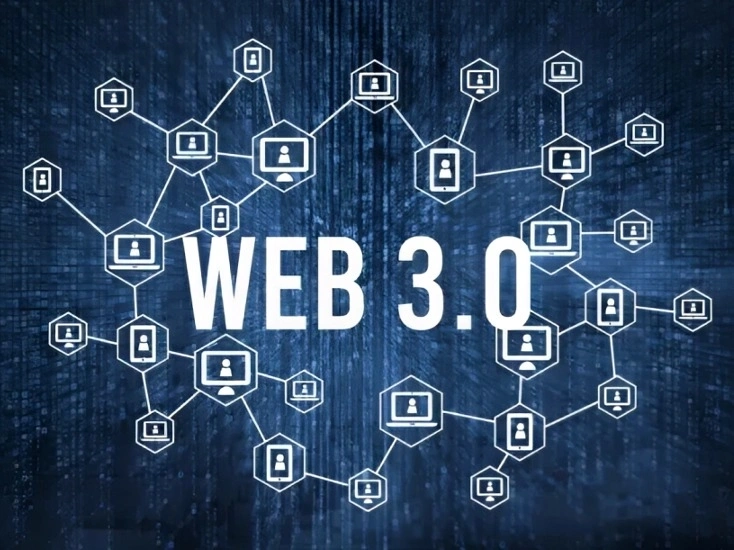Web3 vs traditional: Let’s get hypothetical for a second.
You’ve got two people: one’s deep in the Web3 trenches—buying meme coins, staking ETH, and casually flipping NFTs. The other clocks in at 9 a.m. sharp, tracks every dollar, and maxes out their retirement contributions.
Now imagine they switched places.
What would happen? Who would adapt, who would crumble—and who actually spends smarter when the rules are flipped?
Let’s find out.
What If a Web3 User Tried Living Like a Traditional Earner?


Imagine this: a crypto-native 27-year-old DeFi enthusiast ditches their MetaMask wallet and opens a savings account. They stop chasing yield and start contributing to a 401(k). They make a monthly budget, shop at Costco, and start looking at interest rates on fixed deposits instead of liquidity pools.
Best-case scenario:
They finally get stability. No more 30% portfolio swings or heartburn over gas fees. They build credit, reduce risk, and maybe even sleep better.
Worst-case scenario:
They get bored. Fast. The lack of volatility feels like stagnation. They might miss out on exponential growth or lose touch with the fast-evolving digital economy.
Smart Spending Outcome:
– Gains structure.
– Loses agility.
If they can merge their risk-taking instincts with discipline? Game over—in a good way.
What If a Traditional Earner Went Full Web3?


Now flip the script.
A 40-year-old project manager with a stable job, mortgage, and modest portfolio decides to go crypto-native. They YOLO half their savings into altcoins, join a DAO, and start flipping NFTs instead of watching Netflix. Their financial world goes from spreadsheets to Discord threads overnight.
Best-case scenario:
They ride a bull market, make gains, and discover financial tools they never knew existed. They diversify beyond traditional assets and join a vibrant, global community.
Worst-case scenario:
They get rugged. Hard. A scam drains their wallet. Market volatility wrecks their portfolio. They panic-sell. And they miss the comfort of predictable paychecks and Roth IRAs.
Smart Spending Outcome:
– Gains exposure to emerging markets.
– Risks emotional decisions in unfamiliar territory.
If they embrace the tech without abandoning common sense? Could be their financial glow-up.
What If They Met in the Middle?

This is where things get interesting.
Imagine both profiles take the hybrid route—Web3 user adopts some traditional financial tools (insurance, retirement planning, budgeting apps), while the traditional earner dabbles in digital assets, learns about decentralization, and joins a smart DAO.
Result?
They both win. Financial resilience and opportunity. Long-term vision and short-term gains. It’s not a trade-off—it’s a toolkit.
What If Smart Spending Isn’t About Sides?

Maybe the real twist is this:
What if “smart spending” isn’t a battle—but a blend?
Web3 thinking brings adaptability, creativity, and speed. Traditional finance brings discipline, planning, and reliability. Both are valid. Both are powerful. But neither is complete on its own.
Web3 vs traditional: So… Who Spends Smarter?
Honestly? It’s not about Web3 vs. traditional.
It’s about knowing when to bet big, when to play it safe, and when to learn from the other side.
Because in 2025, smart spending isn’t about choosing a lane.
It’s about knowing how to merge without crashing.











